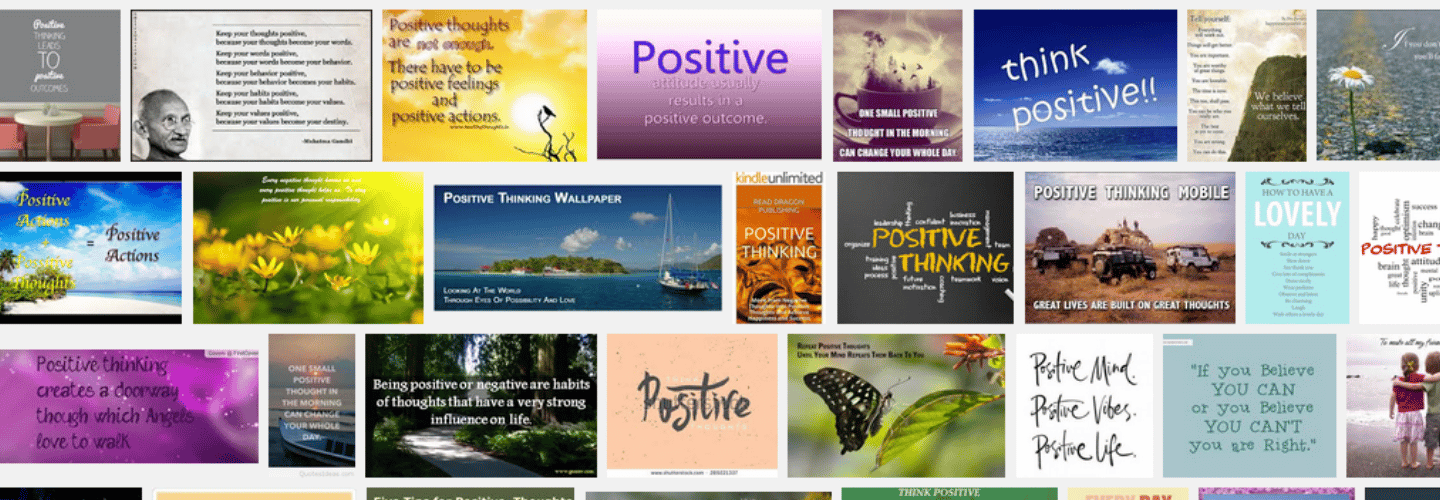
Mindful positivity in practice means you're fully engaging in the present, observing your thoughts without judgment during mindfulness meditation, and savoring everyday activities' simplicity. When interacting with others, you embody positivity by listening deeply, expressing genuine empathy, and communicating authentically, which enriches your relationships and emotional well-being. By setting specific times for mindful practices like morning meditation and mindful eating, you cultivate peace throughout your day, enhancing your mental health and emotional resilience. Through compassionate self-reflection, you learn to embrace personal growth with kindness, acknowledging your emotions without harsh self-criticism. As you integrate these practices, you'll find deeper insights and transformations in your life approach.
Key Takeaways
- Practicing deep listening to fully understand and connect with others.
- Engaging in regular mindfulness meditation to maintain a positive mindset.
- Expressing genuine empathy and compassion in daily interactions.
- Using authentic communication to build and strengthen relationships.
- Cultivating a habit of observing thoughts nonjudgmentally to enhance positivity.
Embracing Present Moment Awareness
Immerse yourself in the practice of embracing present moment awareness to enhance your daily life. Mindfulness isn't just a buzzword; it's a transformative approach that involves focusing your attention on the here and now, without judgment. By anchoring yourself in the present, you can notably reduce stress and improve your mental health.
Start with mindfulness meditation. This practice helps you observe your thoughts as they come and go, encouraging a state of calm awareness. Pay attention to your breathing, the sensations in your body, or the sounds around you. You're not trying to change anything; you're just noticing, which can be incredibly liberating.
In your everyday life, try to maintain this focus. Whether you're eating, walking, or simply resting, fully engage with the experience. Notice the colors, textures, and flavors. Listen to the sounds. Feel each movement. This isn't about rushing or ticking off tasks; it's about savoring the simplicity and richness of each moment.
Cultivating Positive Interactions

As you navigate your day, consider the power of cultivating positive interactions by actively listening and engaging with others. When you're fully present in a conversation, not just hearing but deeply listening, you embody mindful positivity. This practice isn't just about waiting for your turn to speak, but about understanding and connecting with the person in front of you.
Practicing empathy and compassion during these interactions enriches your connections. It's about seeing things from their perspective, feeling what they feel. Being mindful in interactions means your responses are thoughtful, promoting more authentic communication. This approach leads to more meaningful relationships, where both parties feel heard and valued.
Imagine your daily exchanges infused with this level of attention and care. Each conversation becomes a chance to foster deeper connections, making every interaction more rewarding. By being engaged and showing genuine interest in others' thoughts and feelings, you create a positive feedback loop that enhances your own emotional well-being, too.
Implementing Mindful Daily Routines

You can transform your daily routine into a nurturing oasis of calm by integrating mindful practices into activities you already do. Imagine beginning your day with a morning meditation. Just ten minutes can greatly reduce stress and improve focus, setting a peaceful tone for the day ahead. This is just one aspect of mindful daily routines that enhance well-being.
As you move through your day, try mindful eating during meals. Focus on the flavors, textures, and scents of your food. This practice not only promotes self-awareness but also helps you enjoy your meals more and may aid in better digestion.
Set specific times for mindfulness practices to ensure regularity. Perhaps schedule a midday breathing exercise or a five-minute gratitude journaling session in the evening. These small acts cultivate peace throughout your day and anchor you in the present moment.
Enhancing Emotional Resilience

Nearly everyone faces challenges, but by incorporating mindfulness into your daily life, you can greatly enhance your emotional resilience. Practicing mindfulness helps you regulate your emotions effectively, allowing you to bounce back from difficulties more smoothly. This approach is all about being mindful of your thoughts, acknowledging and accepting your emotions without judgment.
Mindfulness training can considerably reduce reactivity. When you're less reactive, you're better equipped to handle stress and maintain emotional balance. Techniques like deep breathing and body scans not only help people calm their minds, but they also promote well-being by fostering a peaceful state of being.
To start, dedicate a few minutes each day to simply observe your breath or scan your body for sensations. This practice doesn't need to be lengthy; even short bursts of mindfulness can make a noticeable difference. The key is consistency. Over time, these moments of mindfulness will build your capacity to acknowledge and accept emotions, enhancing your mental health and emotional resilience.
Practicing Compassionate Self-Reflection

Often, we harshly judge ourselves for our thoughts and feelings, yet practicing compassionate self-reflection can transform this habit into a nurturing and constructive process. By acknowledging your emotions without judgment, you're not only showing kindness to yourself but also building a foundation for genuine self-awareness and emotional resilience.
When you catch yourself slipping into self-criticism, pause and shift your perspective. Ask yourself, "Would I speak to someone I care about in this way?" If the answer is no, then why treat yourself with any less compassion? This simple act of empathy promotes a positive self-image and fosters well-being.
Remember, compassionate self-reflection isn't about avoiding accountability but rather approaching personal growth with understanding and kindness. Each time you face a challenge or a setback, view it as an opportunity to learn and grow. Reflect on what went wrong, but more importantly, consider what you can do differently next time. This mindset not only deepens your self-compassion but also enhances your capacity to empathize with others.
Engaging in this practice regularly can transform how you view yourself and lead to profound personal growth. Embrace compassionate self-reflection and watch as your well-being flourishes.
Frequently Asked Questions
What Does Mindfulness Look Like in Practice?
In practice, mindfulness means you're fully engaged in the moment. Try daily meditation, deep breathing, or mindful eating. Keep a gratitude journal, do body scans, and immerse yourself in nature to enhance awareness.
How to Practice Mindfulness and Positive Thinking?
To practice mindfulness and positive thinking, start with daily meditation and mindful breathing. Incorporate gratitude journaling, positive affirmations, and visualization exercises. Engage in mindful eating, nature walks, and digital detox for holistic self-care.
What Are 5 Positives to Practicing Mindfulness?
You'll experience enhanced emotional regulation, improved focus, and inner peace through daily mindfulness practice. Techniques like mindful breathing and gratitude reflection help maintain a positive mindset, fostering resilience and self-care in the present moment.
What Ways Can Mindfulness Create a Positive Therapy Session?
In your therapy sessions, incorporating mindfulness through breathing exercises, body scans, and mindful listening can greatly enhance communication. You'll notice reduced anxiety and a stronger connection, fostering a positively transformative atmosphere.
Conclusion
So, you're aiming to master mindful positivity? Start by living in the now—yes, this messy, chaotic now. Make every interaction a beam of sunshine, even when others are more storm cloud than light. Stick to routines that promise zen but deliver daily déjà vu. Build emotional armor thick enough to deflect any life curveball. And, oh, treat self-reflection like a tender therapy session with yourself. Embrace the absurdity, because let's be honest, isn't life just a series of well-intended mindfulness apps?
